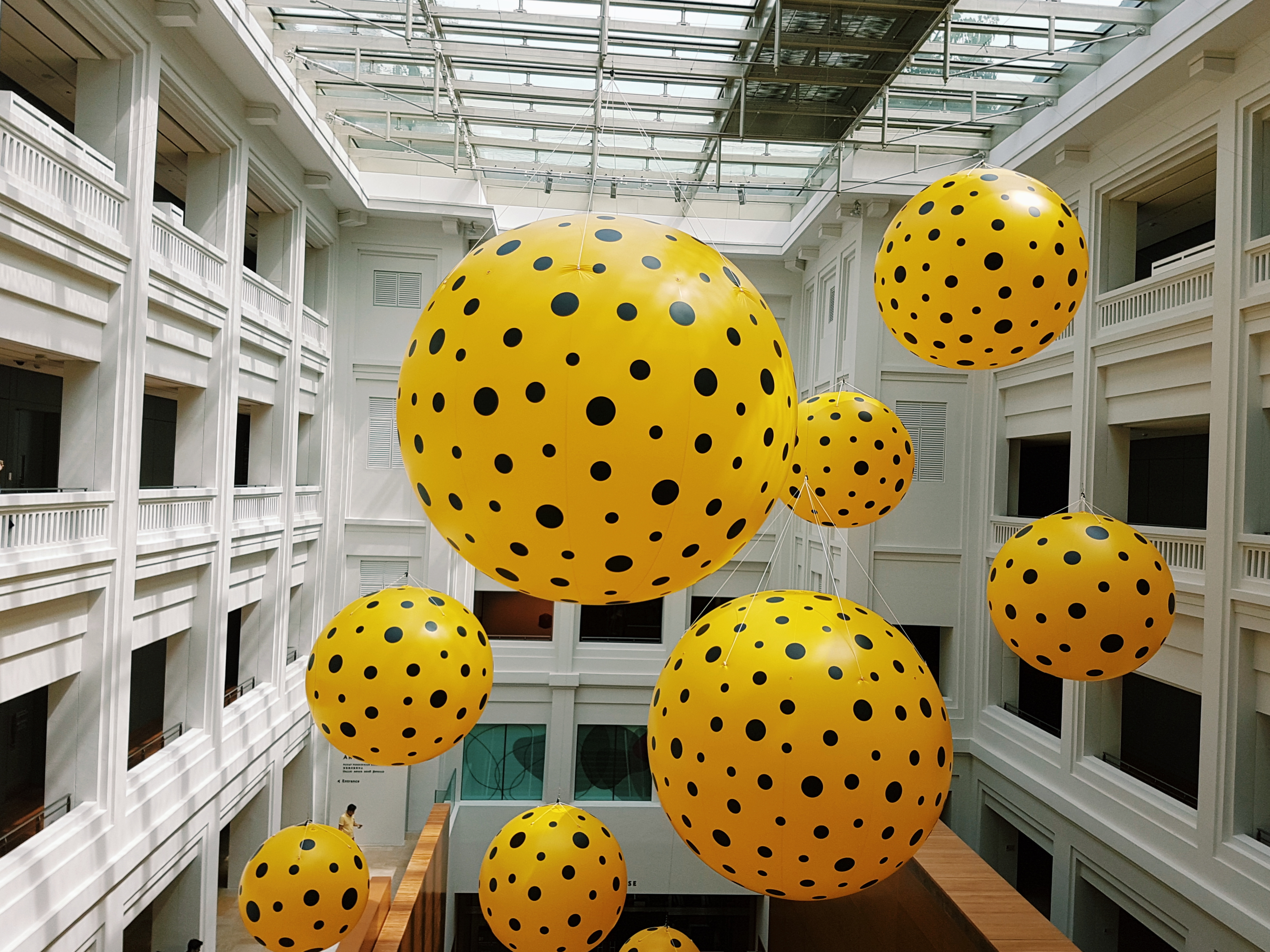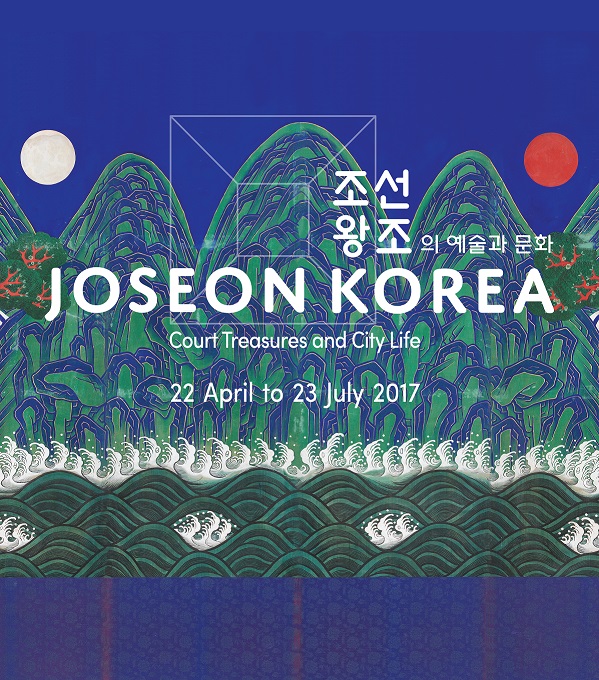Features
Public Art in Singapore
Public Art in the Little Red Dot
By Daphne Tan, Sng Yi Xian Issa and Ting Tan
In a city renowned for its high cost of living, we dare say that public art is one of Singapore’s best and truly free offerings. It is accessible to all and can be a good entry point to experiencing art, especially for people who are intimidated by or indifferent to museums; its appreciation seldom requires prior knowledge of art and art history too.
Dalhousie Obelisk (1850) Firemen at the Central Fire Station (1909)
Civilian War Memorial (1967) Statue of Sir Stamford Raffles (1887)
Monuments from colonial and pre-independence Singapore are the predecessors of public art, many of which can be found around the cultural district. These monuments commemorate significant events and periods in our collective history. Take the Dalhousie Obelisk, Singapore’s first work of public art; it was built to honour the visit of Lord James Andrew, the Marquis of Dalhousie and then Governor-General of India.
Salvador Dali, Homage to Newton (1985)
The decades following independence saw tremendous economic growth. This lead to numerous outdoor public sculptures popping up outside malls, government and corporate offices. Large corporations with extensive art collections like the United Overseas Bank have brought works by world-renowned artists to our shores such as Salvador Dali’s Homage to Newton (1985).
ART+COM, Kinetic Rain (2012)
Another prime example, Changi Airport also has an extensive collection of art. Situated at Changi Airport’s Terminal 1, ART+COM’s Kinetic Rain has become a prominent feature. The kinetic sculpture consisting of 1216 bronze droplets are programmed to form mesmerising abstract patterns.
Ned Kahn, Rain Oculus (2011)
Incentive schemes also encourage commercial developers to contribute to Singapore’s public art landscape by incorporating artworks into their building projects. It is a win-win situation whereby the public gets to enjoy good art and developers are granted additional floor area depending on the work’s value. One such work is Ned Kahn's impressive Rain Oculus (2011) at Marina Bay Sands.
Baet Yeok Kuan, 24 hours in Singapore
In addition, the Public Art Trust was set up in 2014 with a seed fund of $10 million. This fund will be used to commission new public artworks, fund maintenance costs, and work with corporate and individual patrons. Its most recent commissions include 24 hours in Singapore by Baet Yeok Kuan. Furthermore, Finance Minister Heng Swee Keat recently announced a whopping $150 million set aside for the arts and heritage causes in Singapore. With such multi-level support, the future of Singapore’s public art landscape certainly looks promising.
Facts and figures aside, here’s Ode To Art’s top public art picks in Singapore!
#1 Fernando Botero’s Bird
This plump, rounded bird is perched outside UOB Plaza by the Singapore River. A crowd favourite, this popular bird represents peace, serenity and optimism, symbolising joyful living and prosperity as a nation.
#2 Kumari Nahappan’s Nutmeg and Mace (2009)
This organic sculpture has become almost synonymous with the shopping district along Orchard road. Apart from being a great photo opportunity, this bronze sculpture symbolises the history of the area which was filled with orchards and nutmeg plantations in the 1830s.
#3 Orchard Dragon Riding Bodhisattva by Li Chen
Dragon Riding Bodhisattva by Taiwanese artist Li Chen stands in front of the St. Regis Hotel on Orchard Road. It shows a Bodhisattva, the Buddhist embodiment of compassion, astride a fearsome dragon. Li Chen expresses Buddhist and Taoist traditions with contemporary aesthetics. Curvy forms and child-like figures have become his signature feature, even earning him the title of “Asian Botero”.
#4 Chong Fah Cheong’s First Generation (2000)
This much-loved bronze sculpture situated along the Singapore River depicts a group of boys in the process of jumping into the river. Aside from being playful and humorous, the sculpture captures the way of life in Singapore’s early days as a port city and reminds modern day viewers of the river’s historical significance.
#5 Yip Yew Chong’s Tiong Bahru Murals
In his series of heritage-themed murals, Yip Yew Chong uses the streets of Tiong Bahru as his canvas. These intricately-detailed murals depict nostalgic everyday scenes from the past, such as bird watching and street peddling. They engage our collective memory and present relatable snaps of local culture and history. A must-see for young and old alike!
# 6 Tatzu Nishi’s Merlion Hotel
Public artworks can also be temporary and part of ongoing art exhibitions. Perhaps the title of ‘Singapore’s most interesting public art installation’ would go to Tatzu Nishi’s Merlion Hotel for Singapore Biennale 2011. The temporary installation featured an entire hotel room built over Singapore’s iconic Merlion sculpture by the Singapore River. It was open in the day for public viewing, and even accommodates overnight stays for interested parties!
Lam Hoi Lit and Chua Chye Teck, Aquatic Fauna No.1
Hazel Lim, The Cartography of Memories
Ho Tzu Nyen, Lieutenant Adnan
#7 Art in Transit
So far all of our top public art picks are based in the city. However, have no fear of missing out as with the Land Transport Authority’s Art in Transit programme, public art can be appreciated on the go! Launched in 2003, this initiative incorporates public art into MRT stations on the North East Line, Circle Line and Downtown Line. Instead of adding freestanding sculptures or paintings after the completion of the station, the Art in Transit programme seamlessly integrates the works into the architecture and design of the stations.
The works at each station often reflect the identity and history of the area. Aquatic Fauna No.1 at Botanic Gardens MRT responds to the flora and fauna of the nearby Botanic Gardens. Just a station away, Hazel Lim’s The Cartography of Memories adorns a nine metre tall panel on the lift shaft of Caldecott station. Tapping into the stories of local residents, it depicts a large map of the surrounding Caldecott-Thomson area delineated with contributed anecdotes. Similarly, Lieutenant Adnan by Ho Tzu Nyen references our wartime history. The fictional movie poster is a modern tribute to infantry officer Adnan Saidi, who heroically fought in the Battle of Pasir Panjang against Japanese soldiers in World War II. Bet you didn’t know that! Although overlooked during rush hour, these public artworks enhance our transport networks and keep culture and history relevant in our daily lives.
Bringing Life to a City
Public art is an important part of contemporary society — it injects beauty into the everyday cityscape and improves our quality of life. It also embodies shared values, chronicles collective experience and is an accessible platform for everyone to engage with art. Public art is that special ingredient that makes a city feel alive and dynamic. With time, artworks can also become cultural icons and affirm local identity, ultimately creating a sense of belonging and community. So what are you waiting for, get out and explore the museum of the streets!



